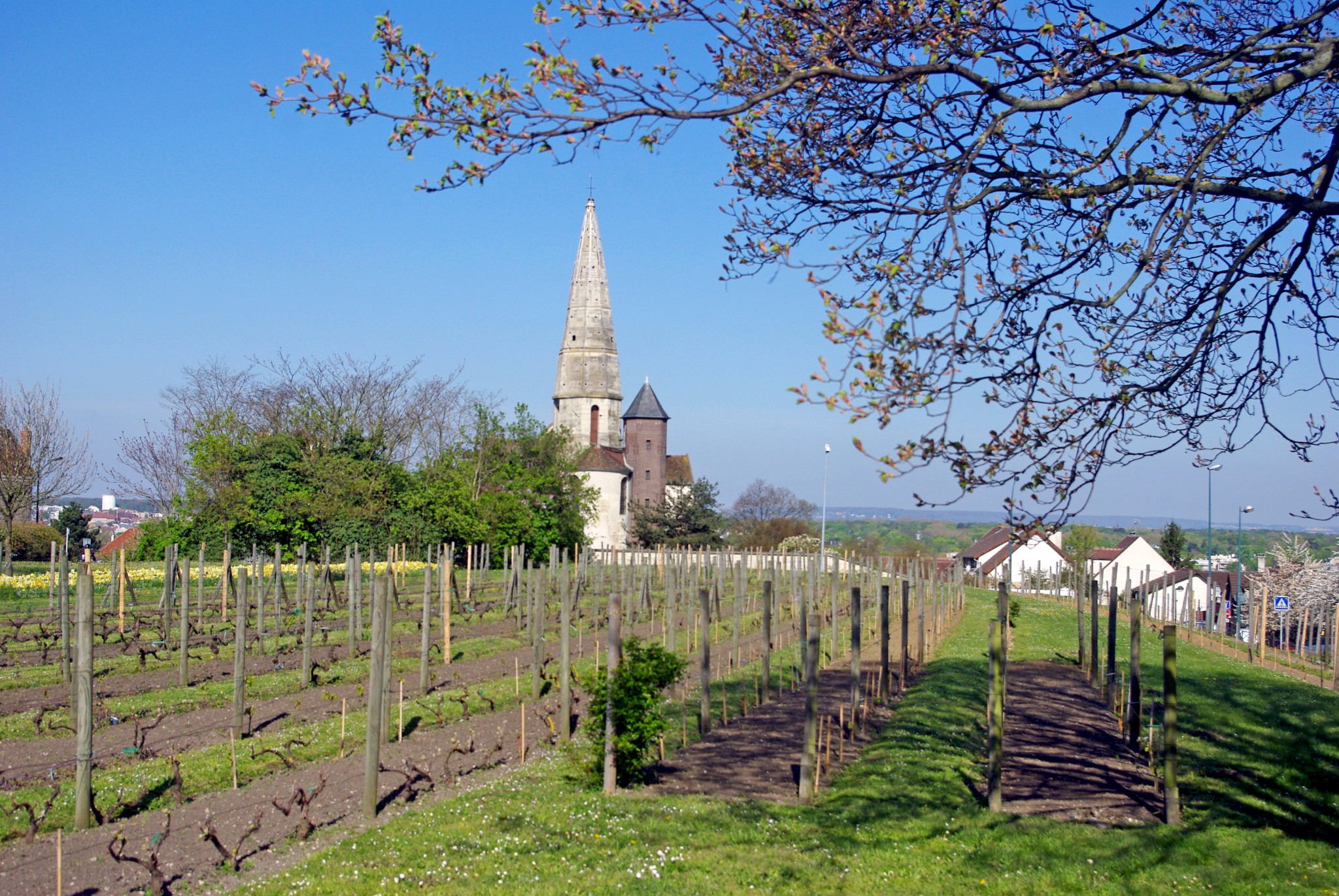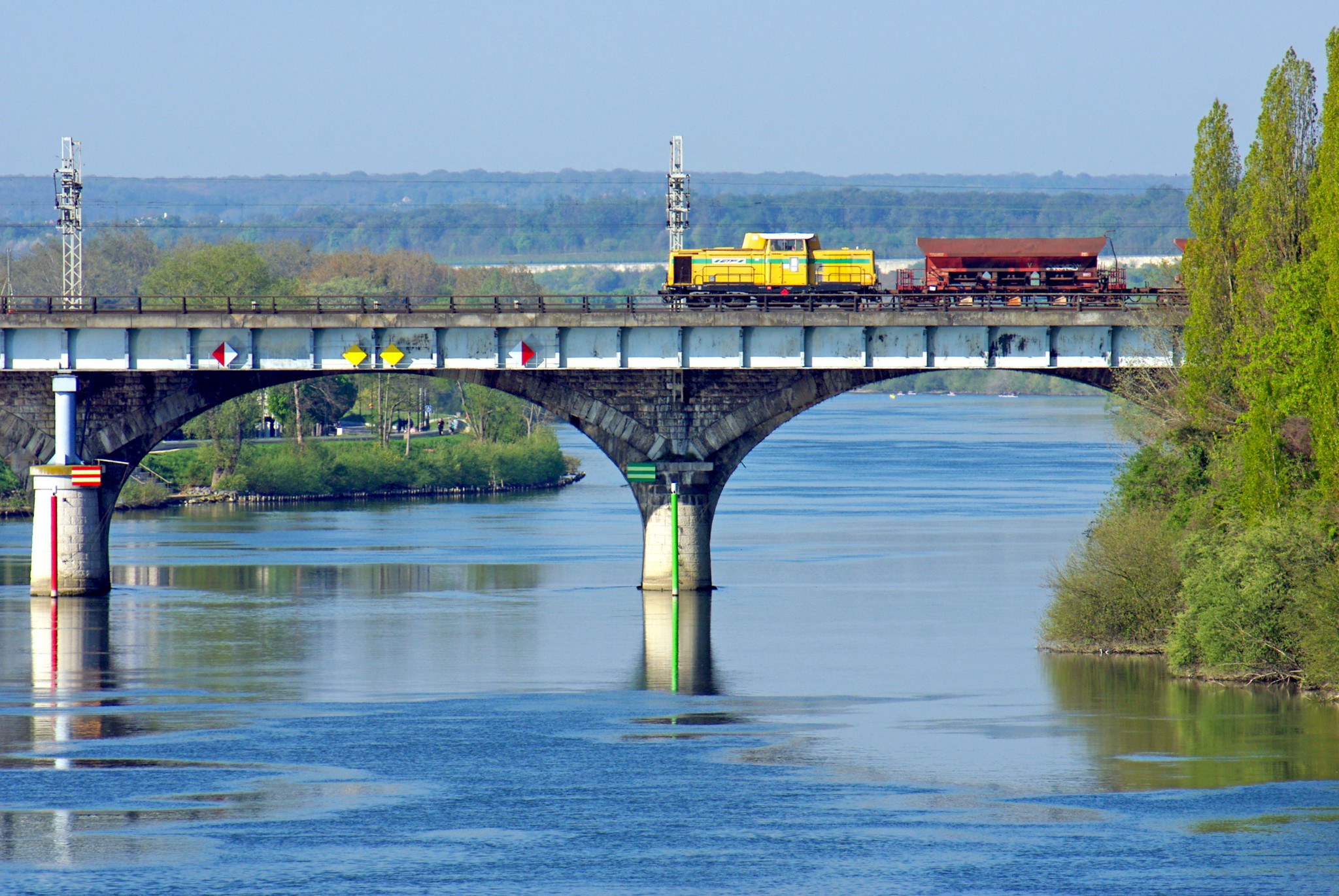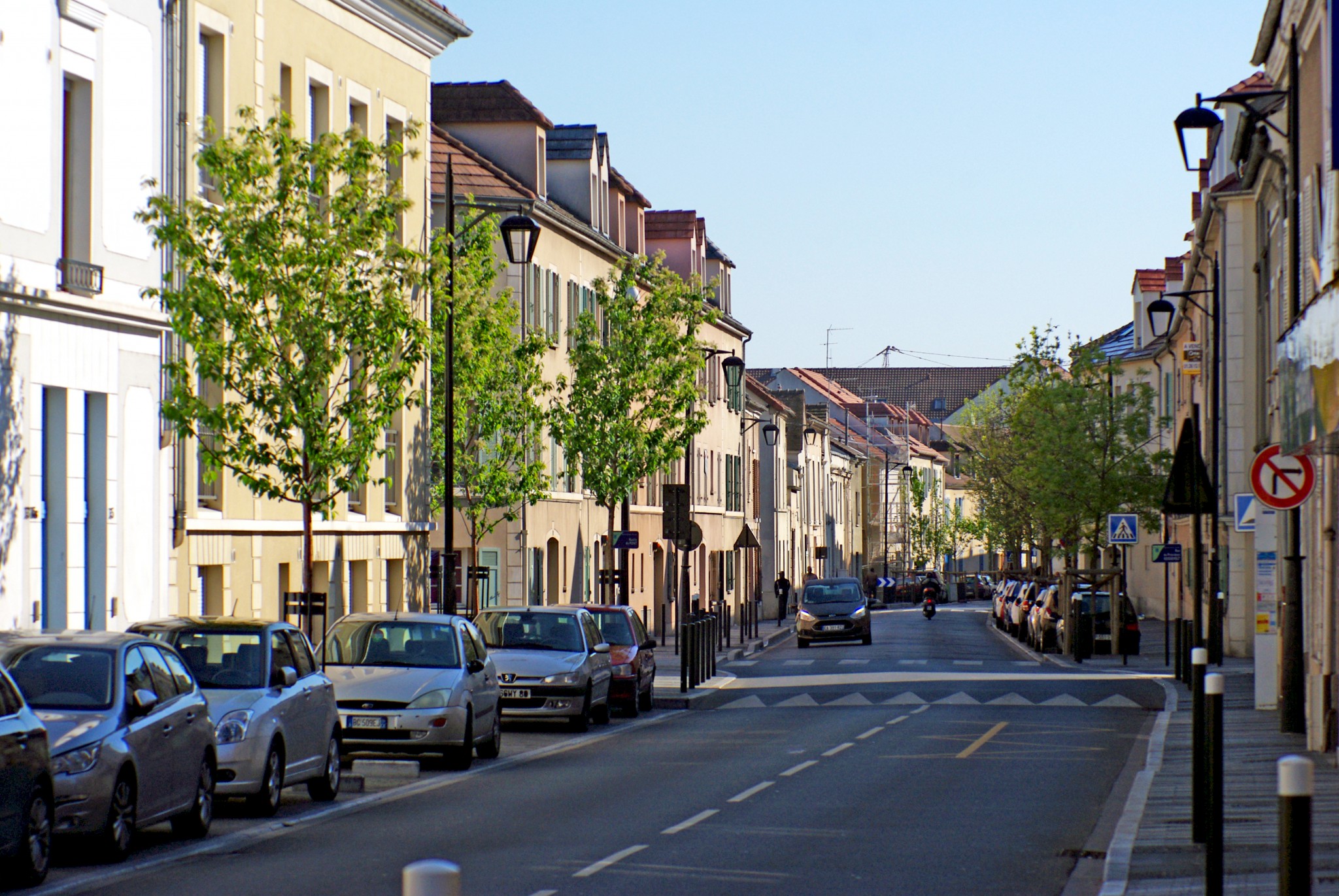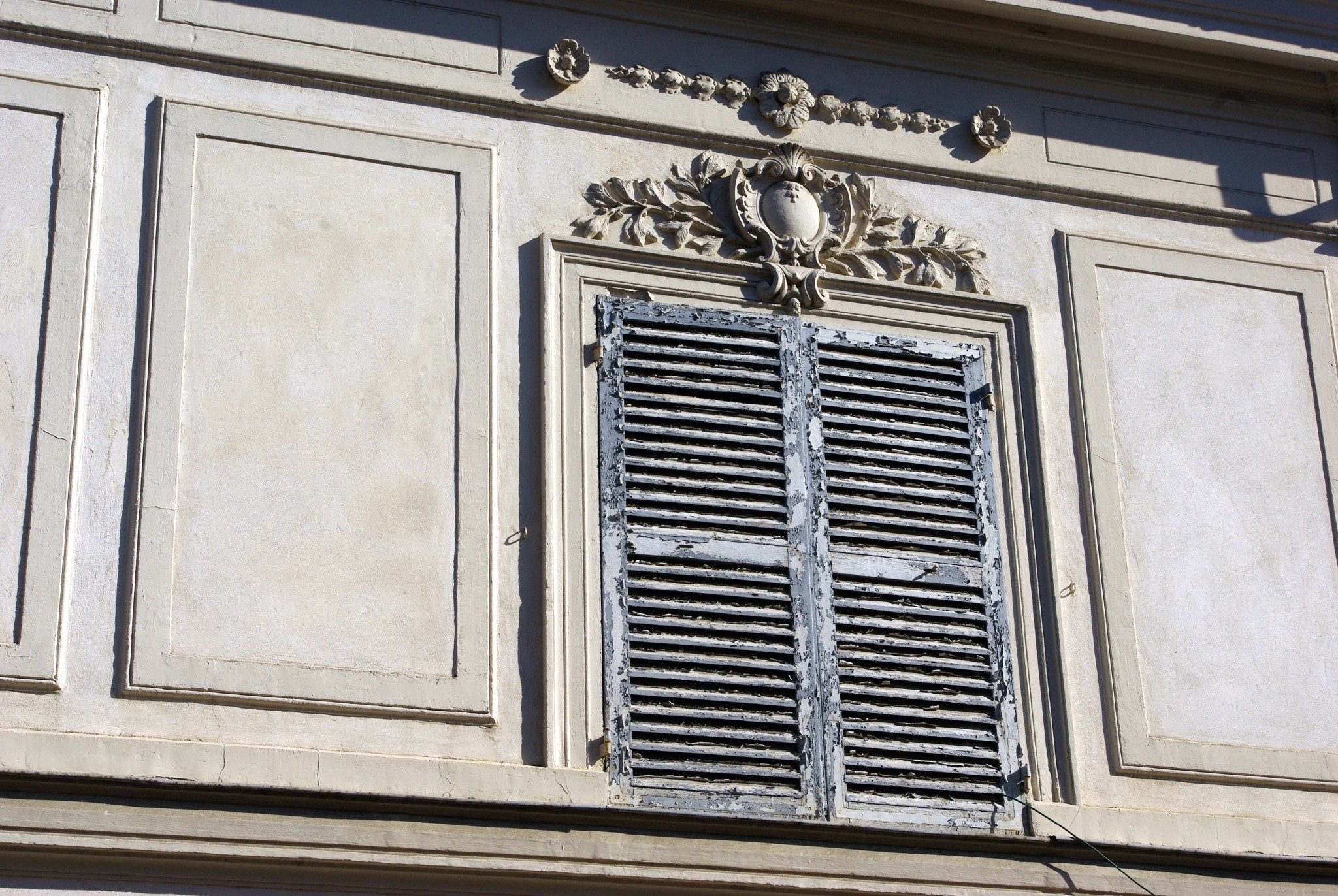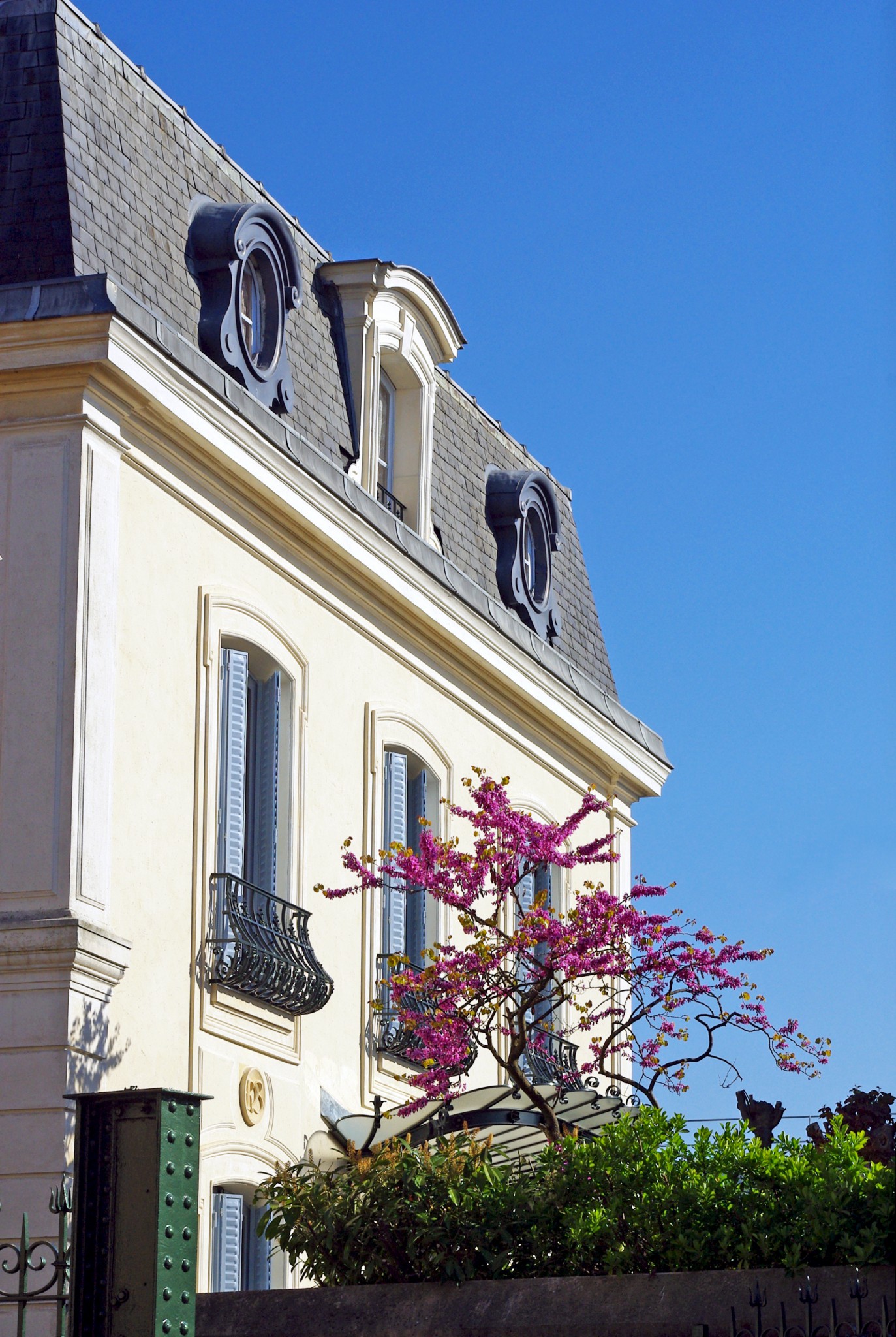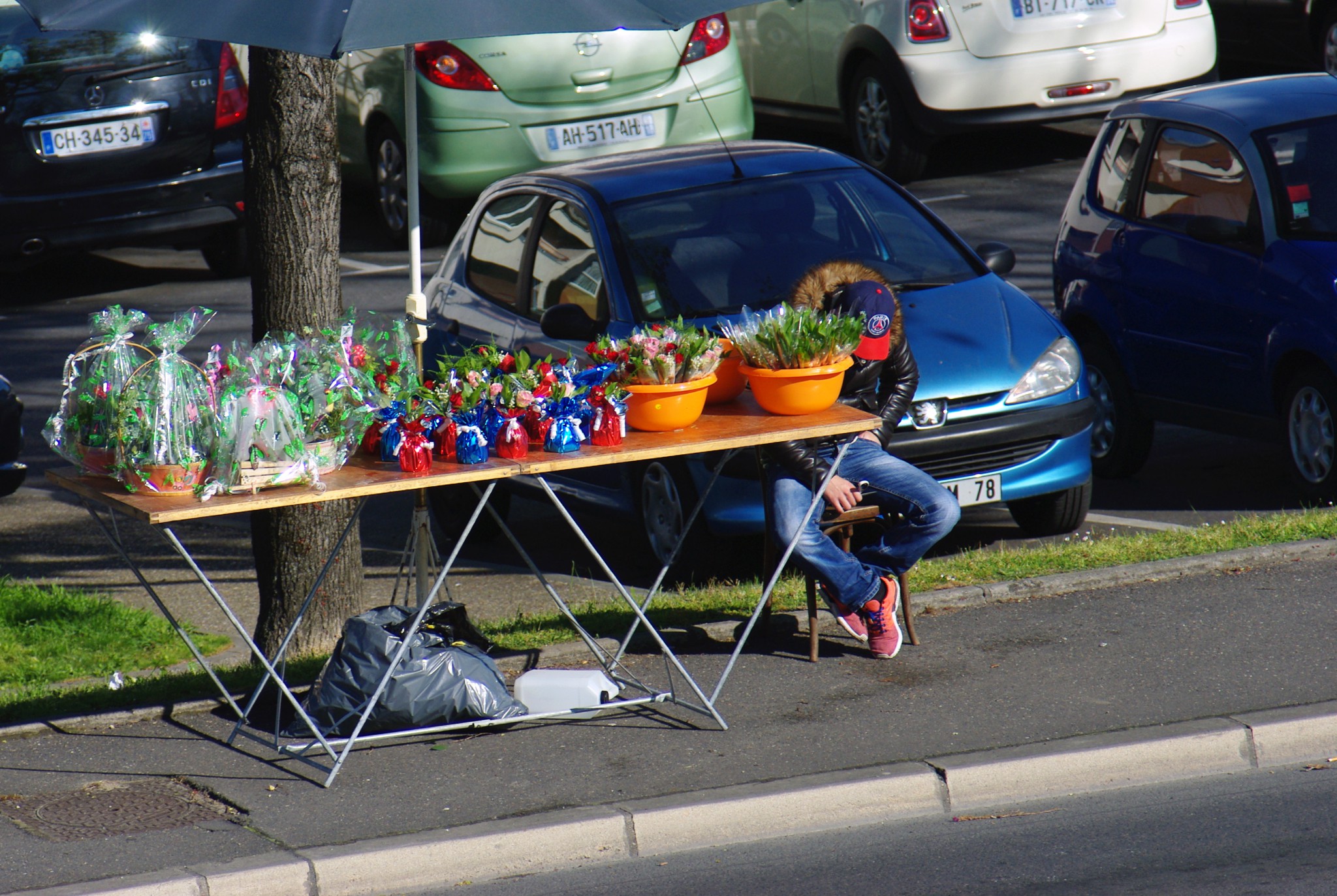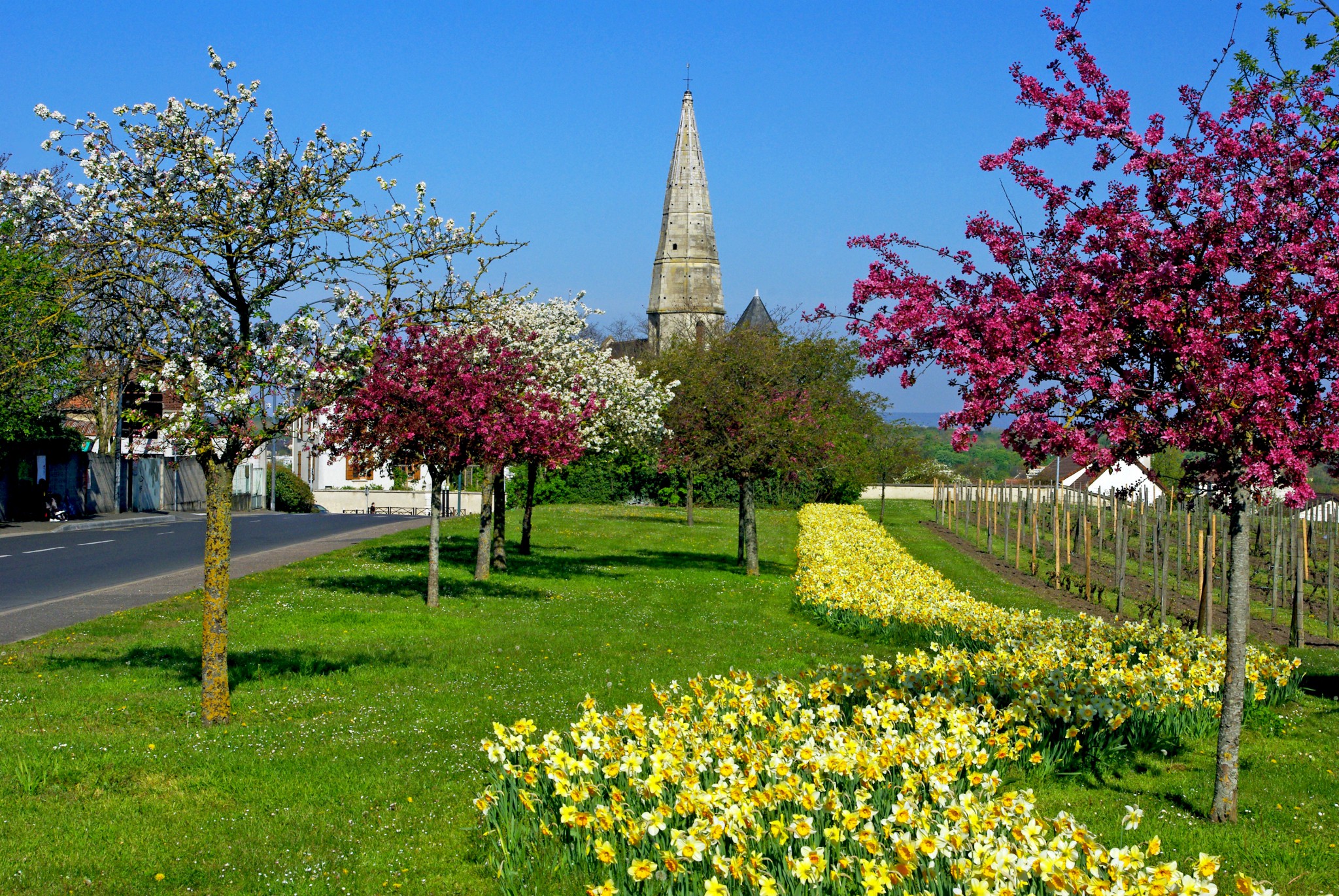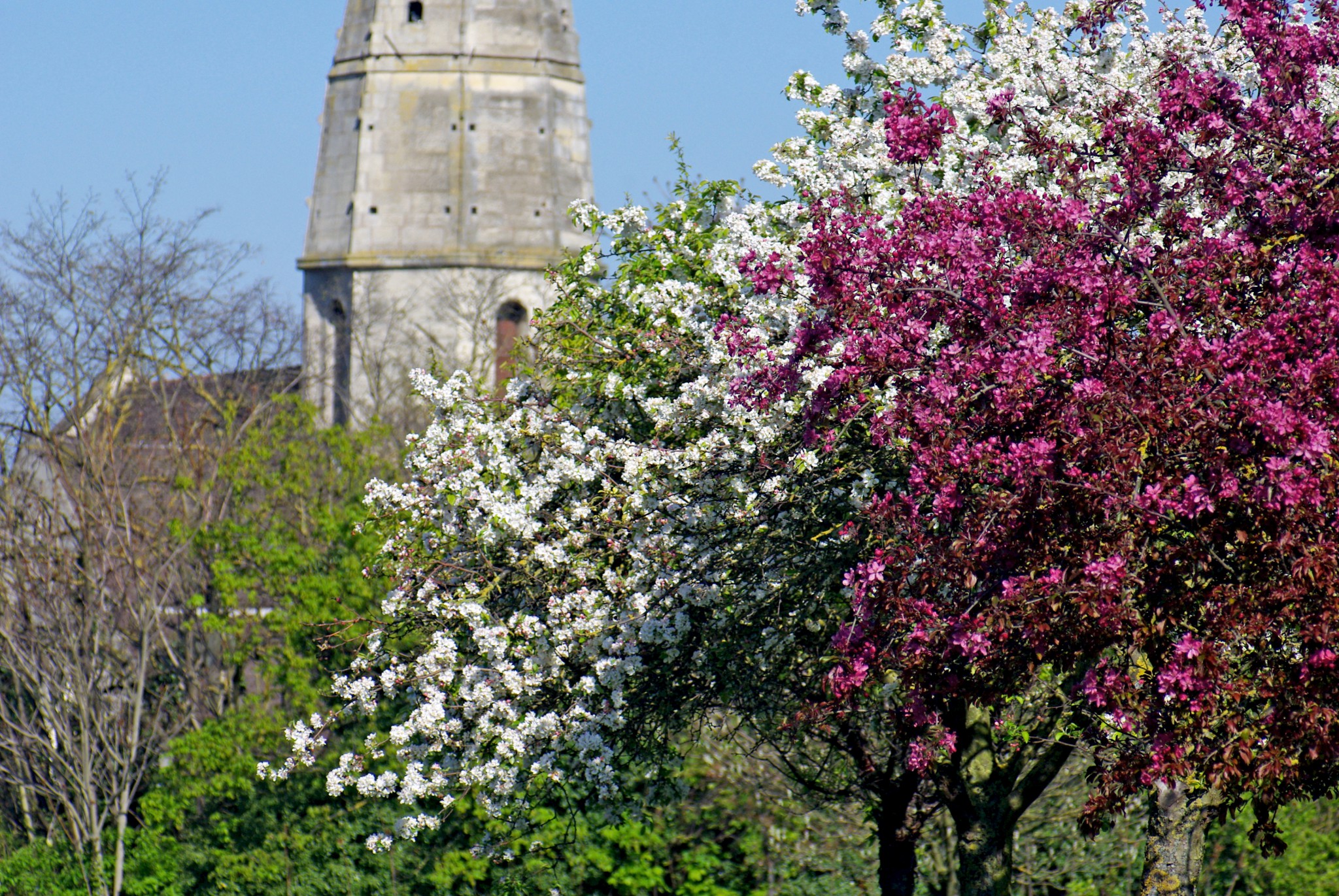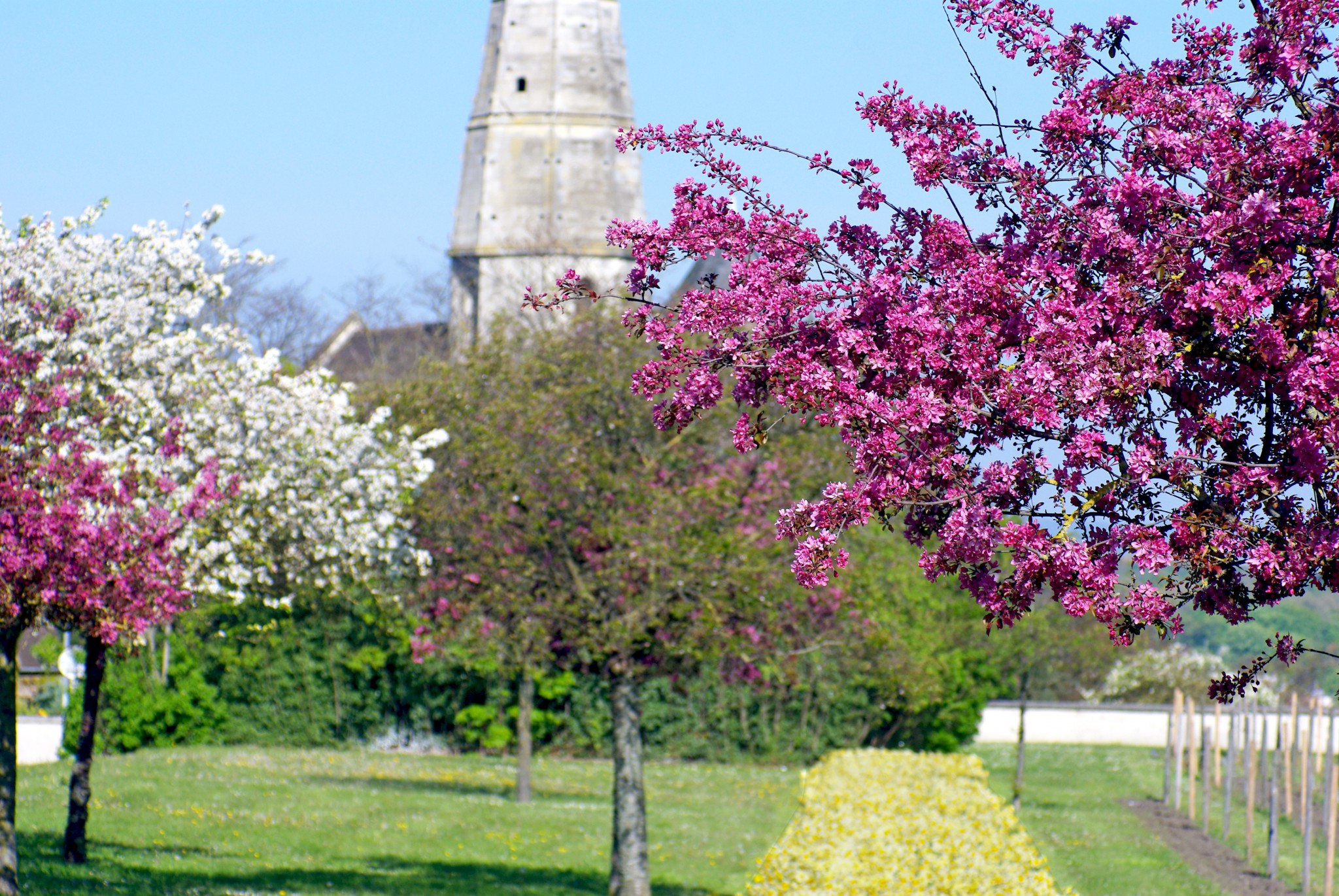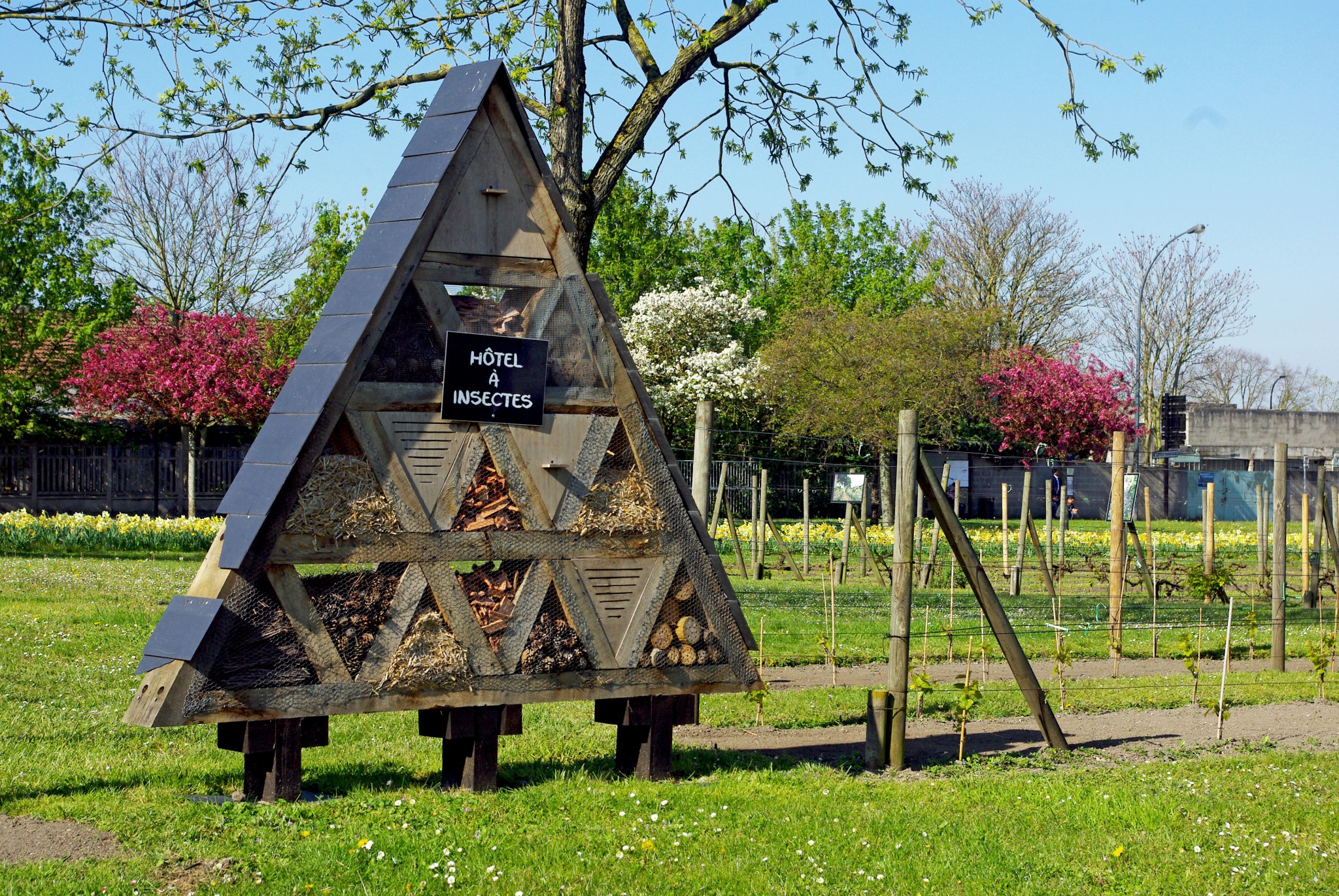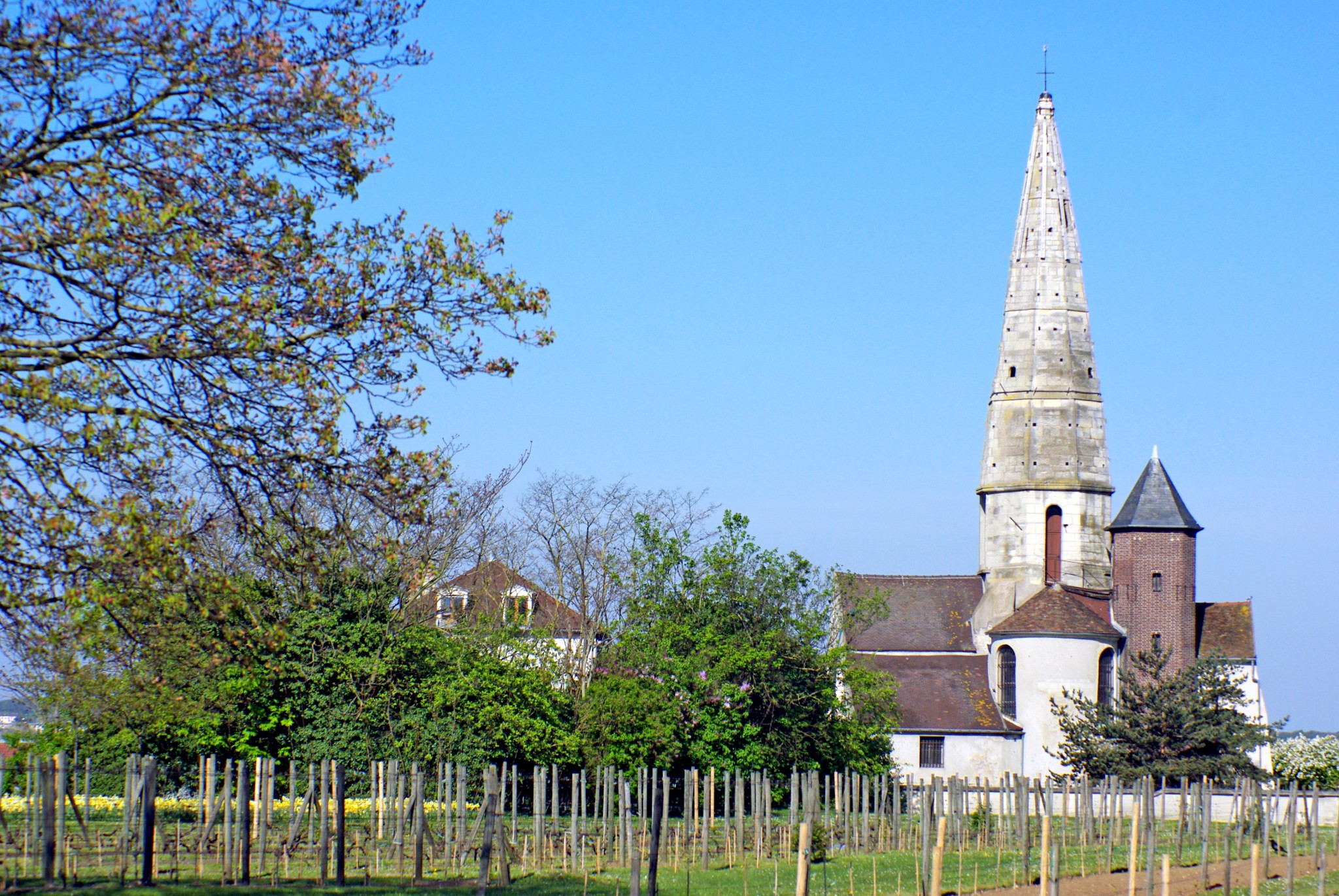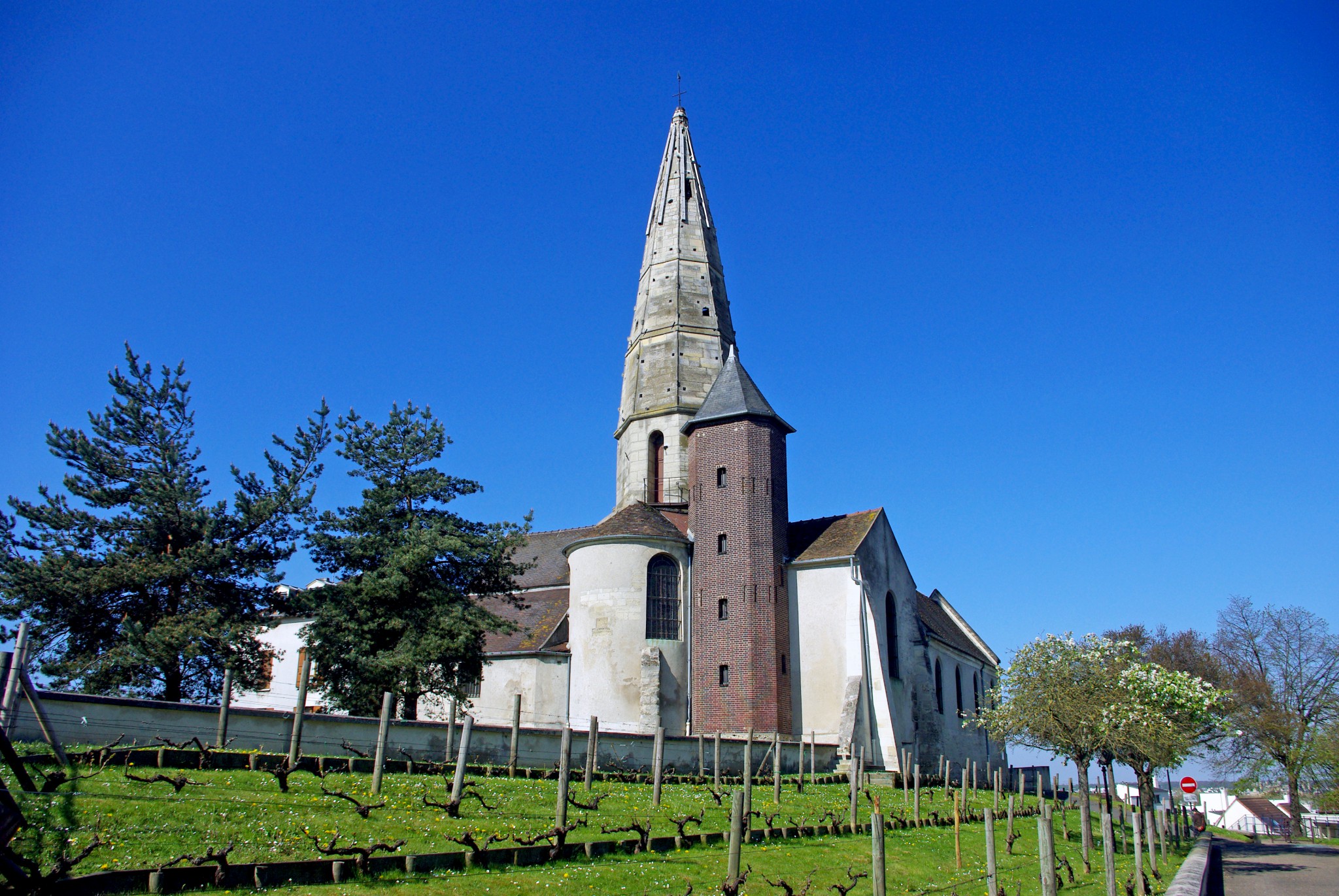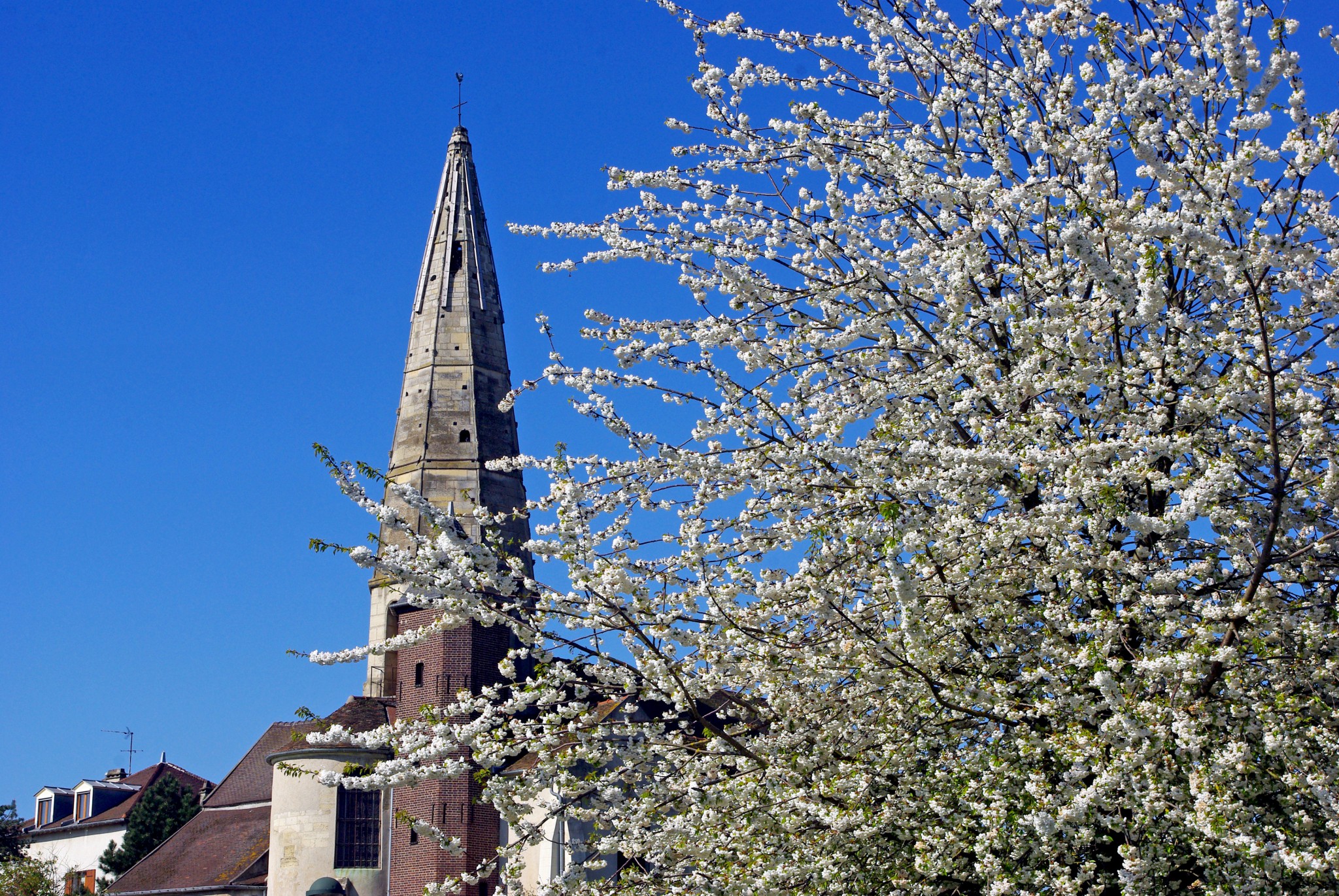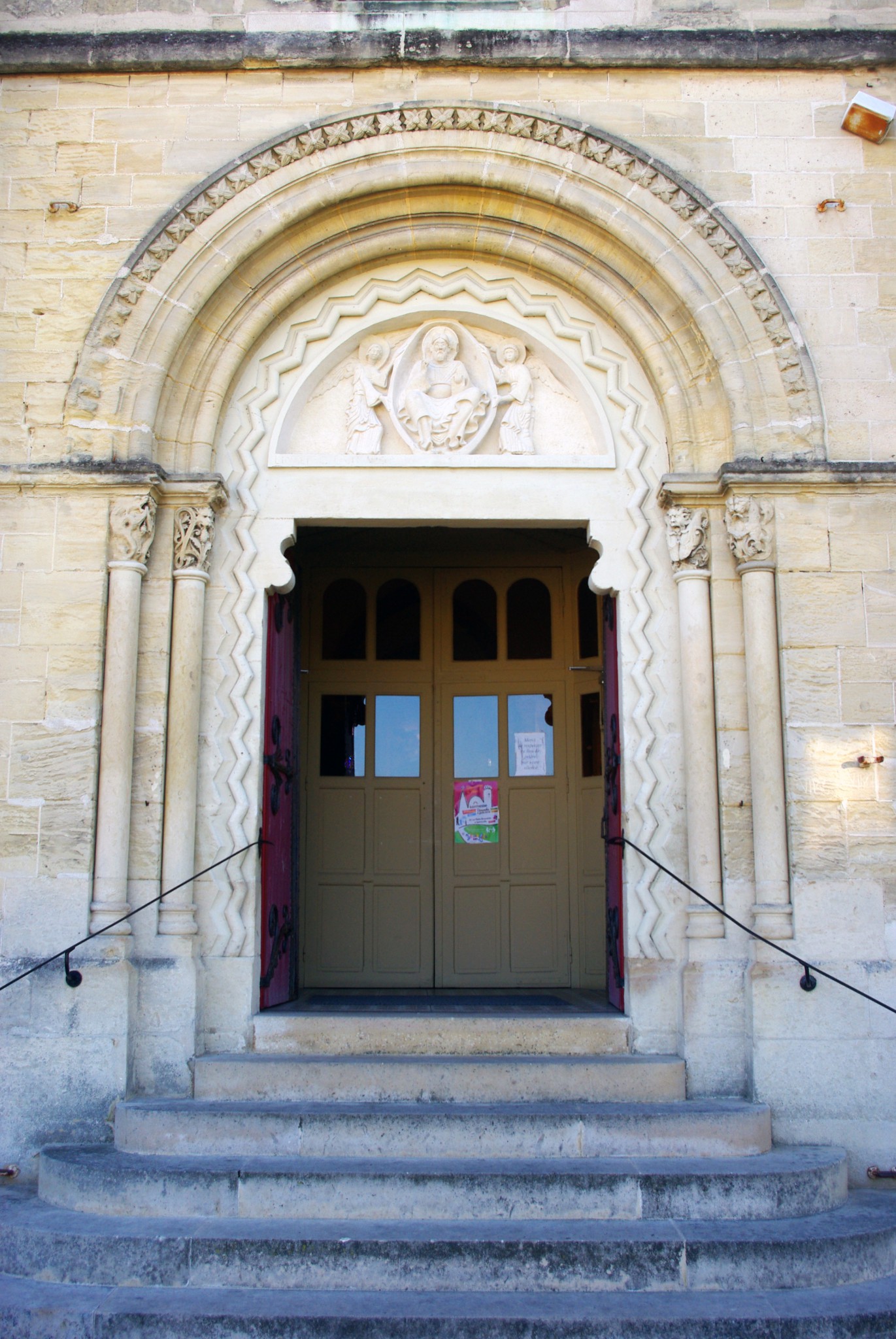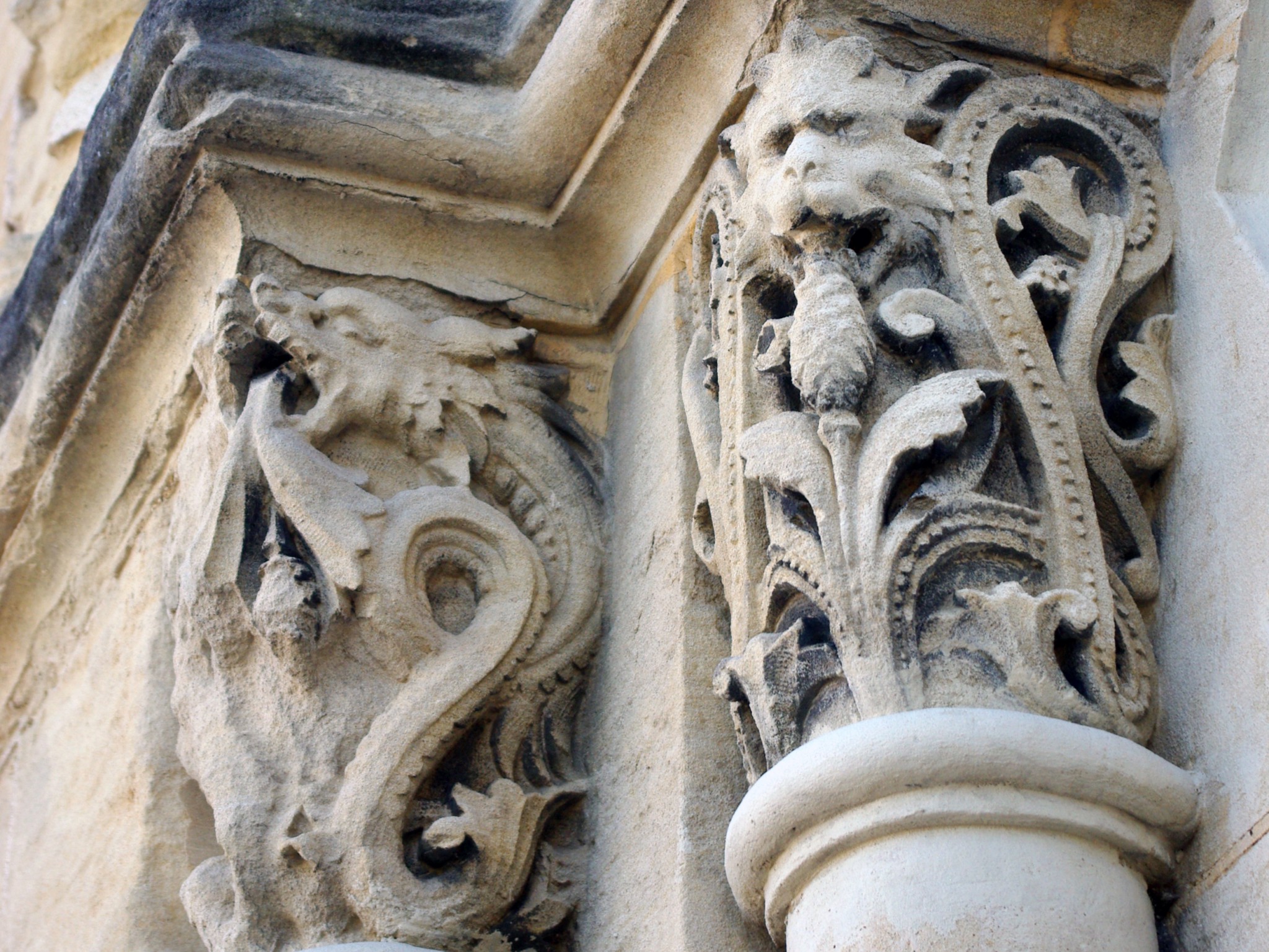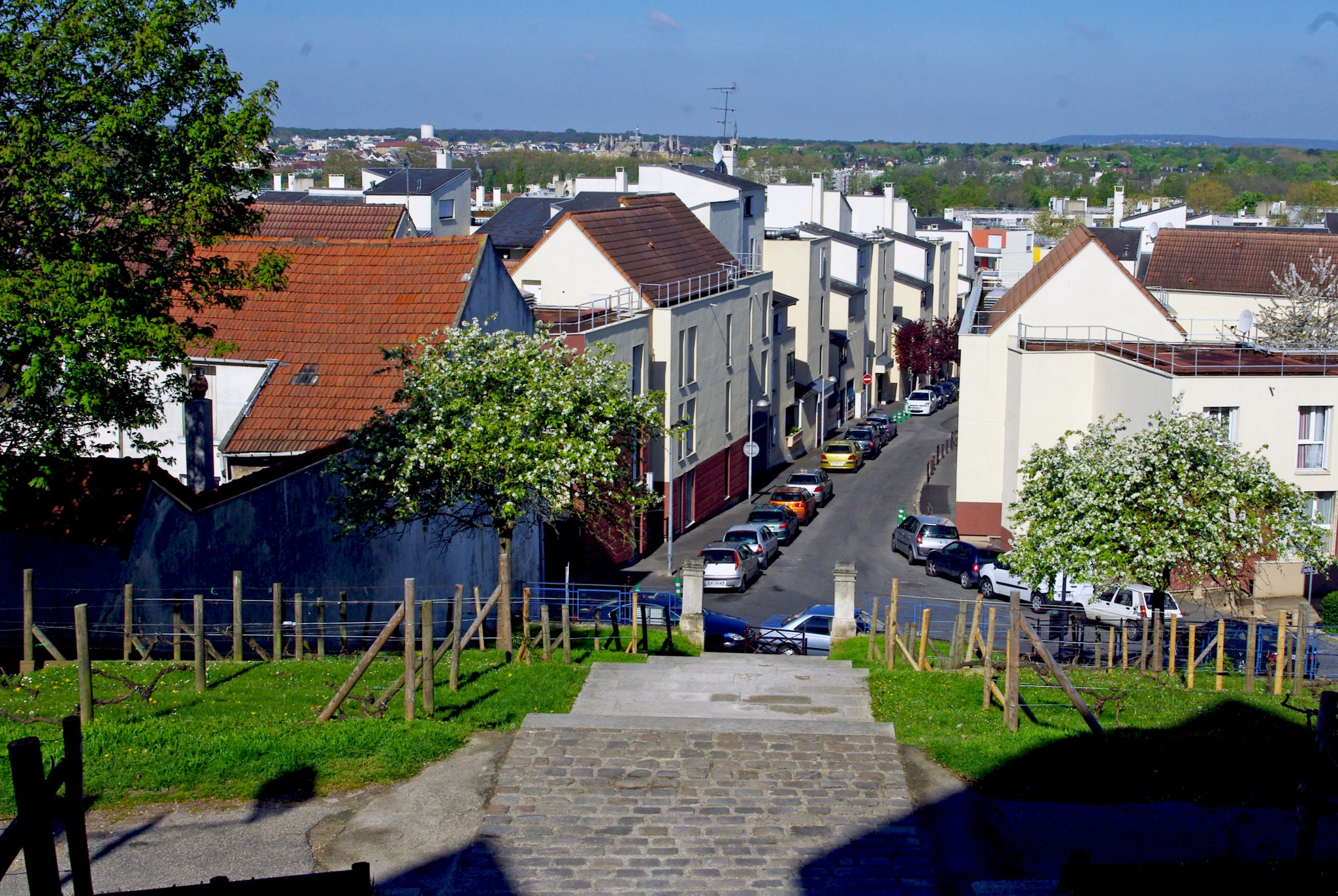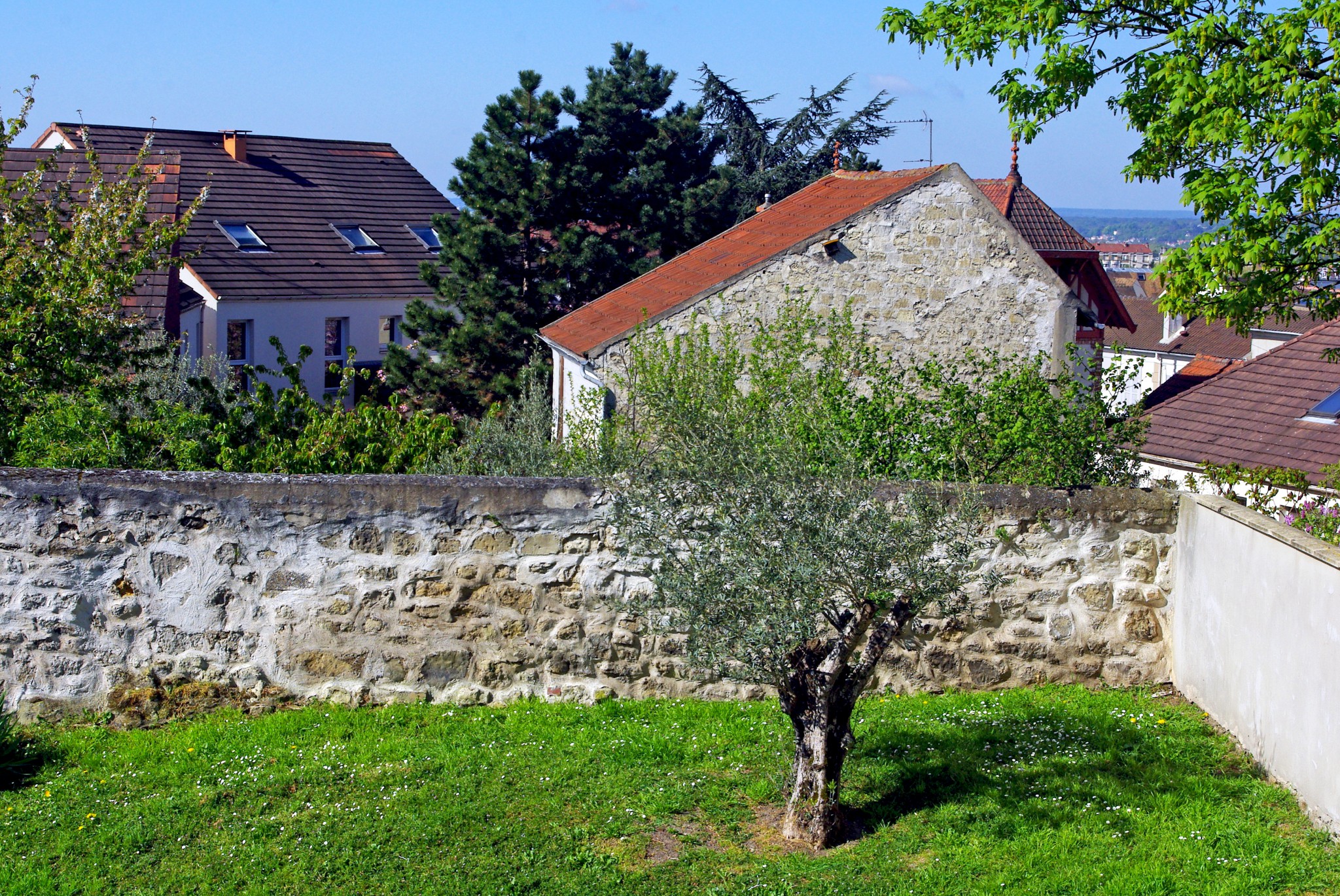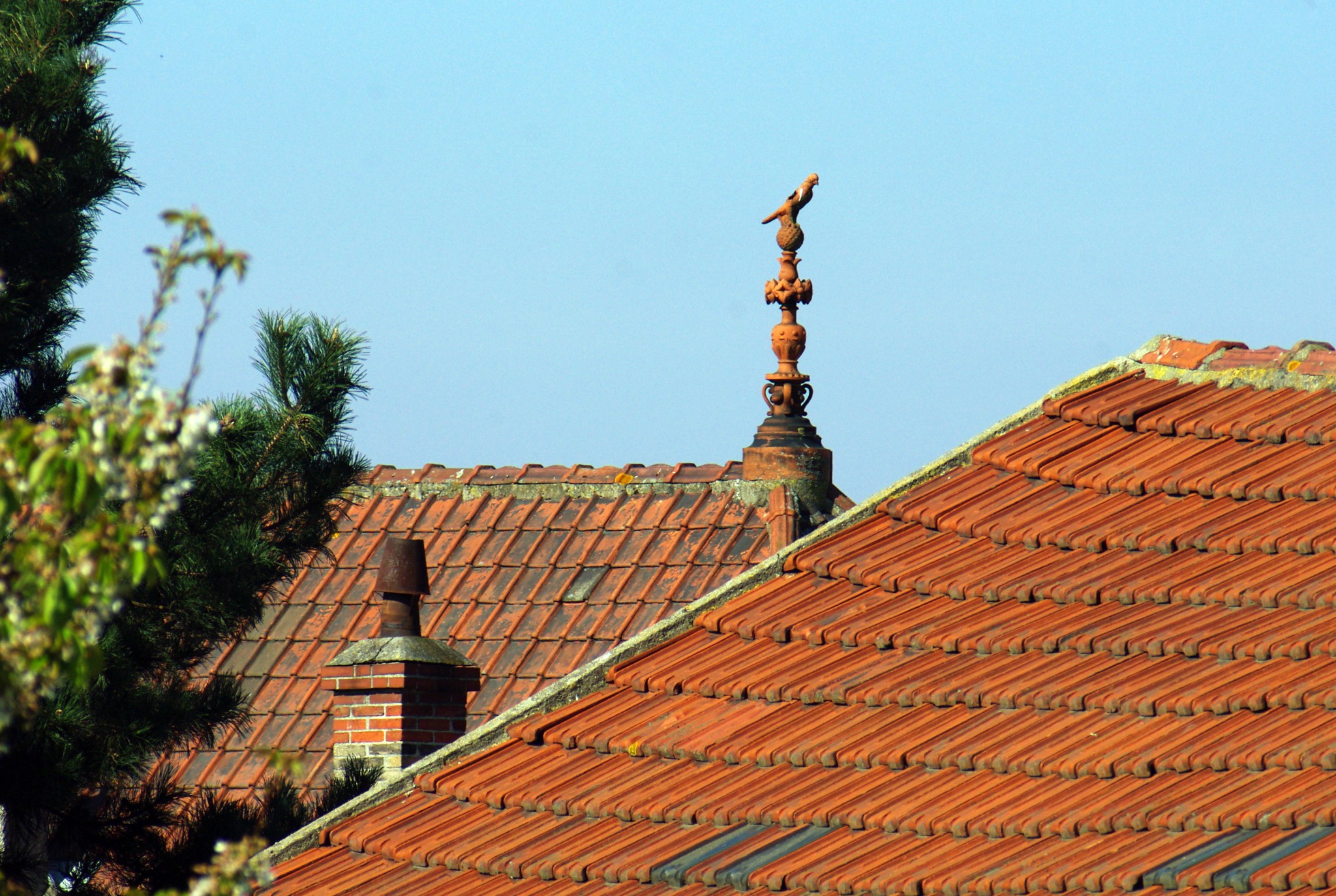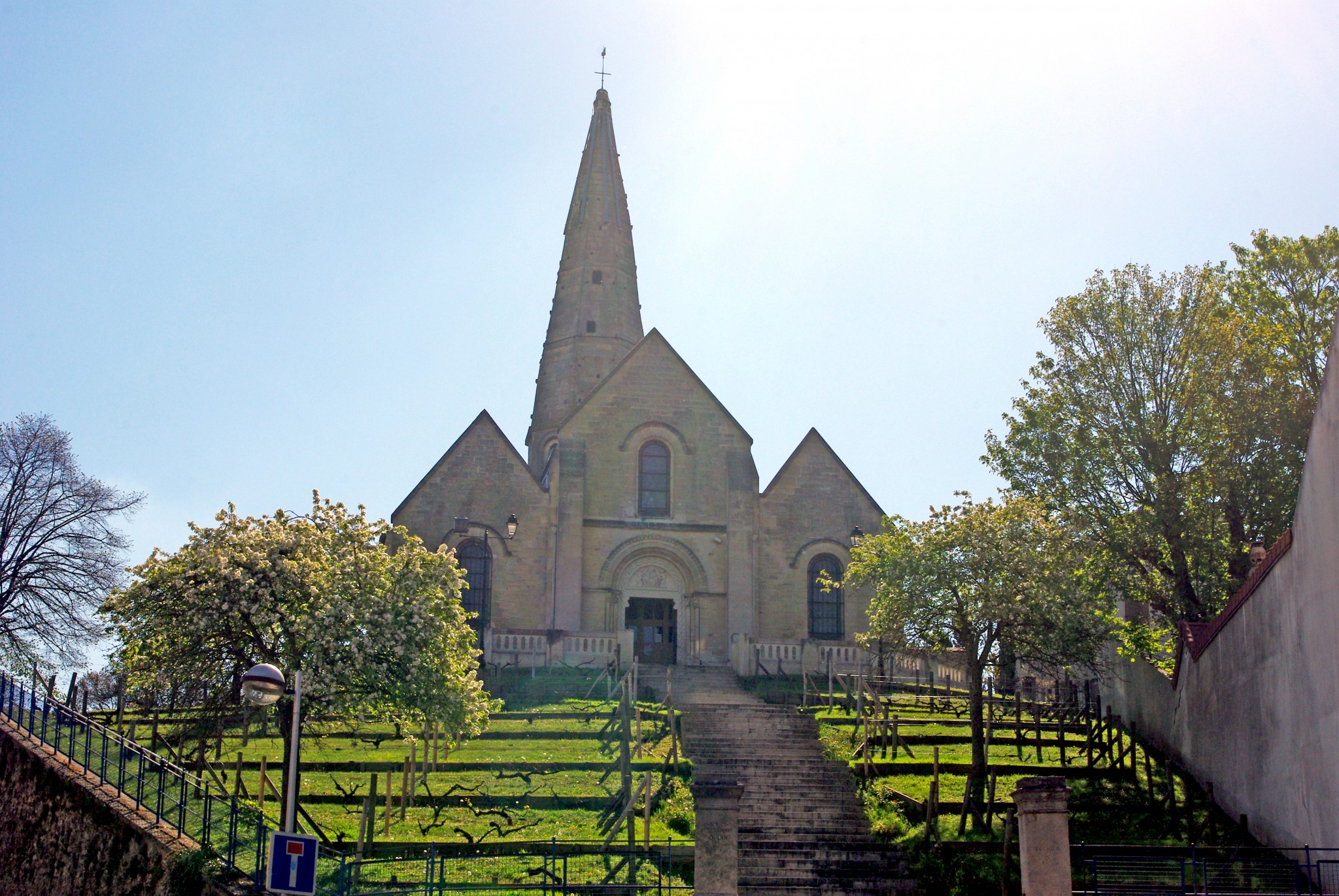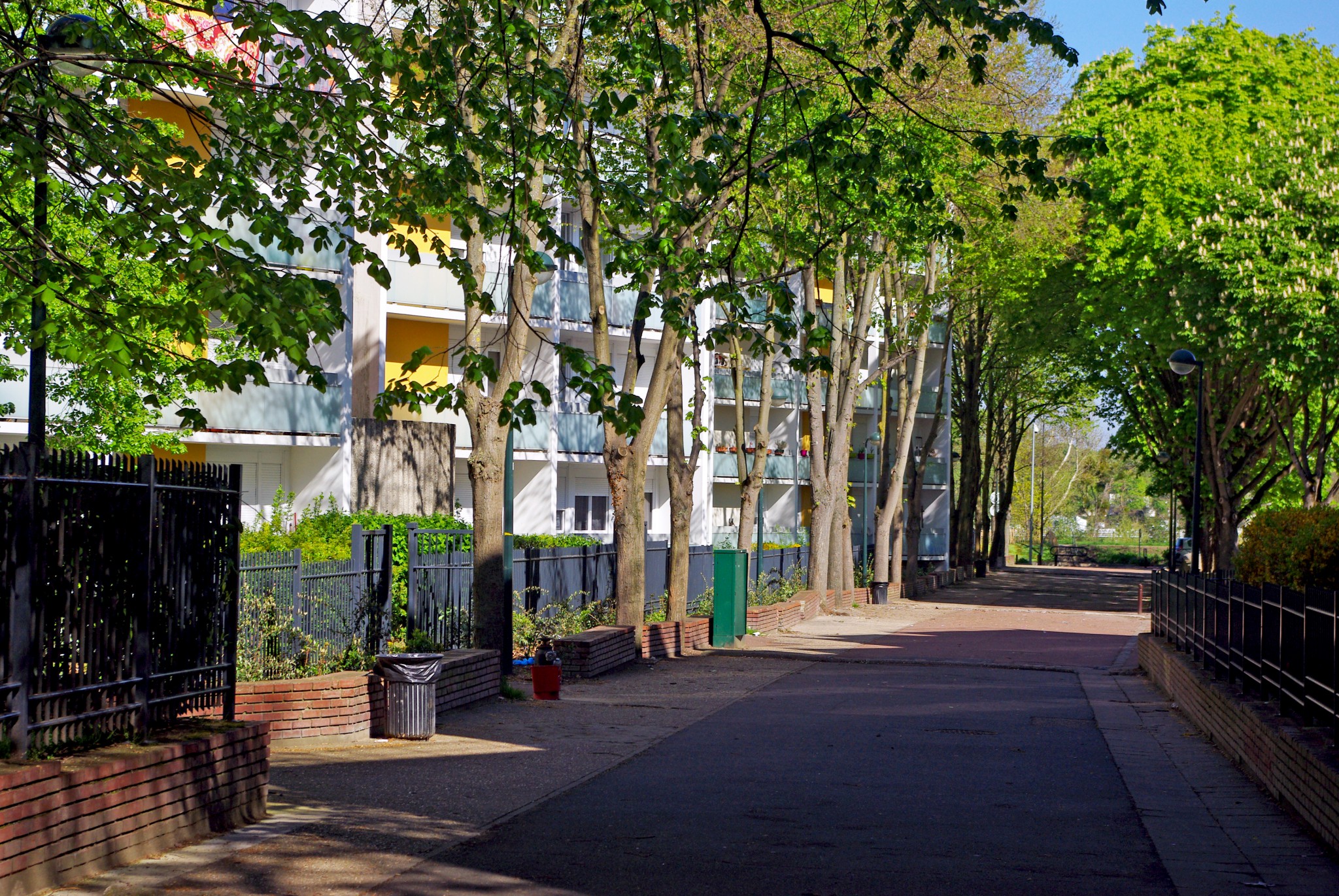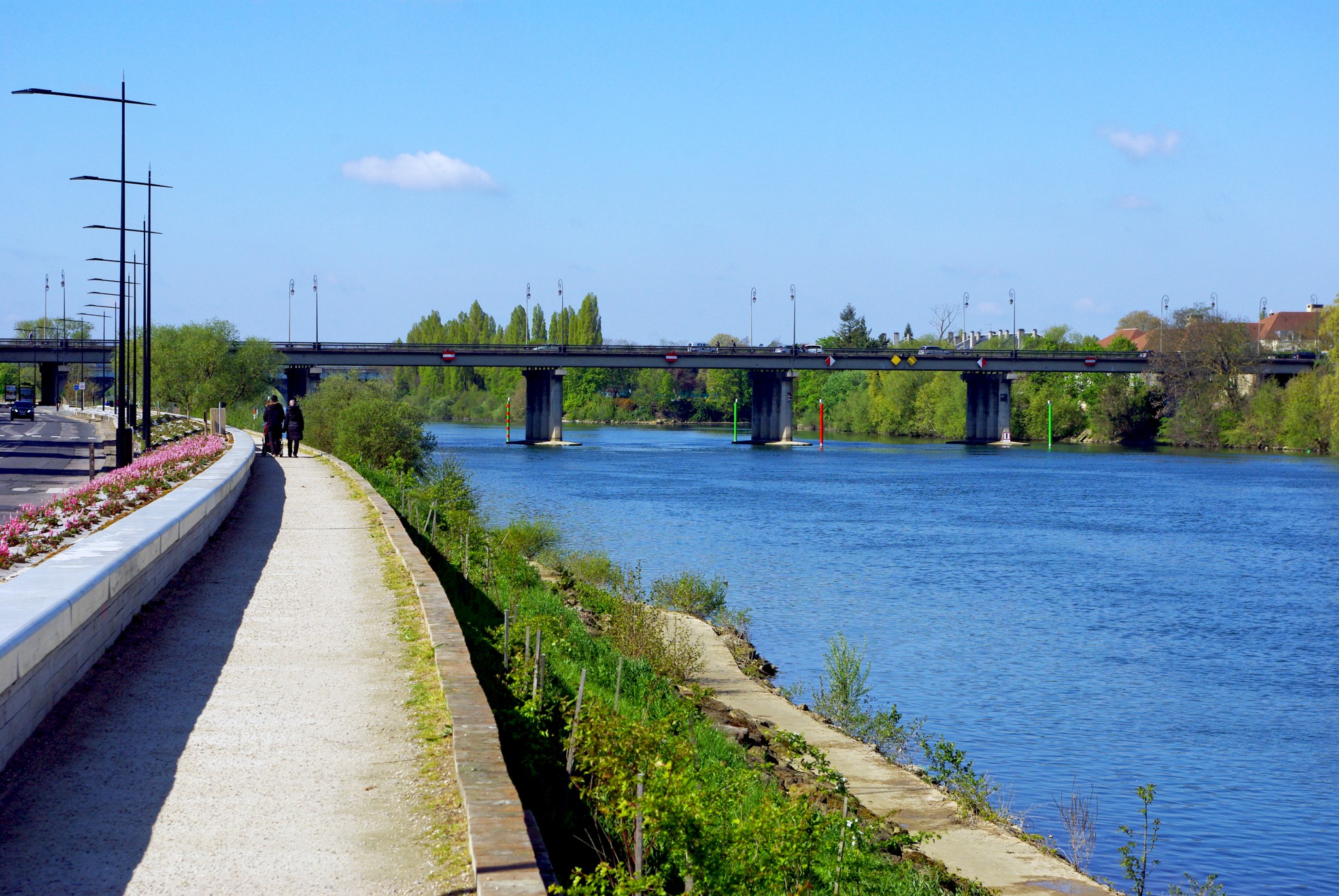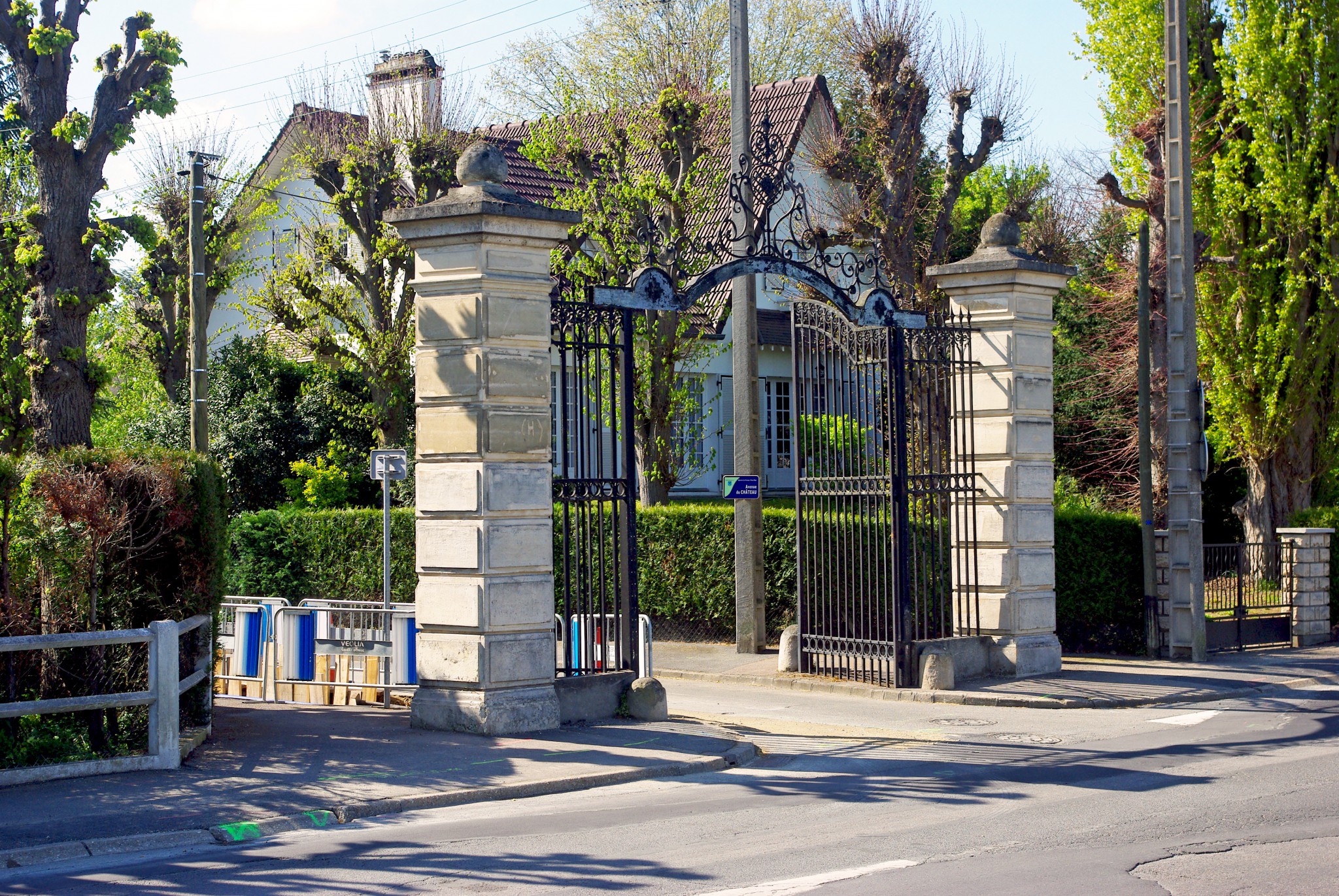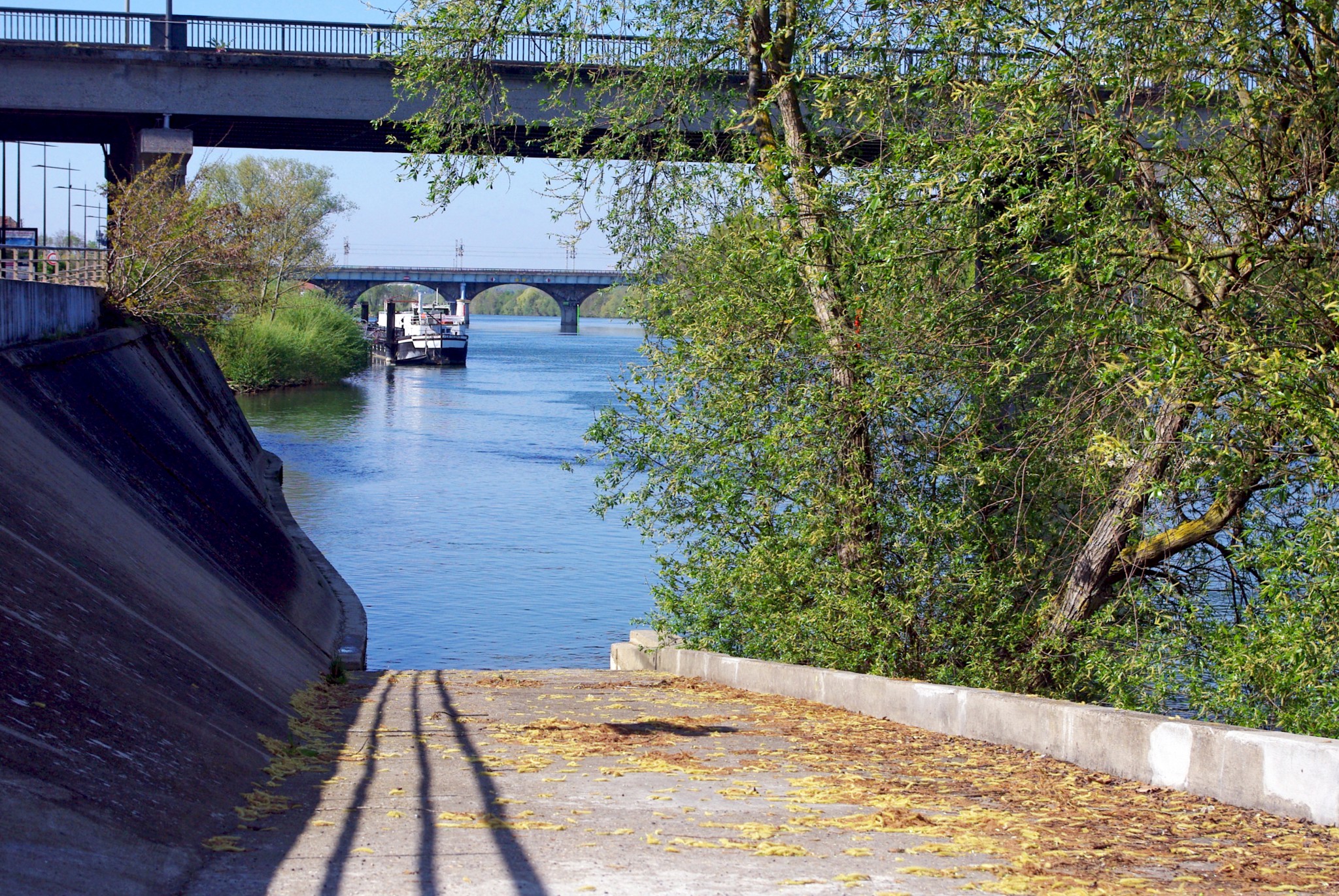On the first day of May, I took my little girl to a promenade in Sartrouville across the River Seine. This 7-kilometre walk led us to a local gem, a thousand-year-old church surrounded by an orchard and vineyards. We ended our walk at the peaceful public garden of Parc du Dispensaire.
A beautiful promenade in Sartrouville
The first day of May is known as Fête du Travail in France and is a public holiday. Well, this year, it did not make any difference as it fell on a Sunday. After many days of rain and cold weather, the sun was back in the Paris region, and I decided to bring my little girl along to a promenade in central Paris.
When I checked the timetable of the RER A train from Maisons-Laffitte, I found out that there was no train operating in Paris. Not because of a strike (remember this is Labour Day !) but for track work on the Seine River bridge.
No bus either to Saint-Germain-en-Laye, and I was left with the option of a stroll in the forested area of Maisons-Laffitte or… to the neighbouring commune of Sartrouville. It just so happened that I heard of an ancient church sanctuary; this was an excellent opportunity to check out it.
We left our residence at 9.15 am, and the first stage of our walk was to reach the bridge spanning the River Seine, which connects Maisons-Laffitte to Sartrouville. Then we turned left on the rue de Stalingrad.
We did not feel like sharing the Soviet cause and decided to switch to the neighbouring rue du Président Roosevelt (lol!). On that street, I noticed this beautiful window frame…
… and this lovely manor house:
Not far from the old church, on the rue Jean Mermoz, a devoted young fellow was selling the traditional bunch of lilies of the valley… without too much success. Maybe 10 am was too early, and people had not left yet.
From the terrace of the cemetery above the rue Jean Mermoz I admired a view of the castle of Maisons-Laffitte I was not used to.
Approaching the old church
Behind the old church dedicated to St. Martin of Tours, an area free from construction between the boulevard de Bezons and the avenue du Général de Gaulle. In Spring, this place is dotted with stunning trees in flowers. The stone spire of the ancient sanctuary enhances this perfect setting.
Sometimes it is hard to believe we were only 15 km from Paris as the crow flies:
One of the few ‘Insects Hotels‘ set up in Sartrouville. Just for your information, an insect hotel is a manmade structure created from natural materials intended to provide shelter for insects.
The vineyard of Sartrouville
I was also surprised to spot a vineyard. Until the end of the 19th century, the site of Sartrouville was mainly dedicated to vine cultivation. The wine grape industry in the Paris region was devastated by phylloxera but also greatly suffered from the direct competition with rail. Indeed new rail lines were opened to the South of France, which led to fierce wine competition which disadvantaged the Île de France.
Compared to prestigious places in the Yvelines, such as Versailles and Saint-Germain-en-Laye, there is little to see in Sartrouville. However, one exception is the (very) old St. Martin church, which celebrated its 1000th anniversary in 2009. Built under the reign of Robert II the Pious, it features a stone spire similar but smaller to Chartres Cathedral and Vendôme Abbey.
There are a couple of blooming apple trees next to the church, which makes great photos:
The Romanesque Church
The portal of the church shows some interesting features of the Romanesque style:
The church dominates the valley of the Seine, and the view extends to the Park of Maisons-Laffitte on the river’s other shore. From the portal, you can see as far as Cergy and the Le Nôtre terrace.
There are a few little corners reminiscent of the rural past of Sartrouville:
Our next stage was to reach the River Seine via the rue de l’église. Behind us, the façade of the church appeared in the backlight:
The residential rue de Seine is a car-free street bordered by blocks. Sartrouville is the second largest commune of the Yvelines département after Versailles, with a population of 52,000. In 1946 there were only 17,500 Sartrouvillois and Sartrouvilloises. The city expanded considerably by building many blocks (HLM) in the Plateau district and currently has the most extensive low-density housing in all the Yvelines.
By the River Seine
Once we arrived on the Seine, we followed a pathway created along the river banks to the direction of the bridge linking to Maisons-Laffitte. I haven’t seen the Seine so blue for a long time.
Facing the river and the racecourse of Maisons-Laffitte are some beautiful villas from the Belle Époque eras.
The SNCAN ( Société Nationale de constructions aéronautiques du Nord) was a French flying boat manufacturer in Sartrouville in the 1920s and 1930s.
Here is the bridge we took from Maisons-Laffitte to Sartrouville at the beginning of our walk. Notice the replacement bus connecting Sartrouville to Poissy and Cergy during the RER A work closure period.
The last stage of our promenade took us to the peaceful Parc du Dispensaire.
I have published another blog article with more photos taken in this beautiful park where hundreds of daffodils are in flower.
We returned to our beloved Maisons-Laffitte suburb at approximately 11.30 am through the bridge after a 7km walk. Just in time for lunchtime!

